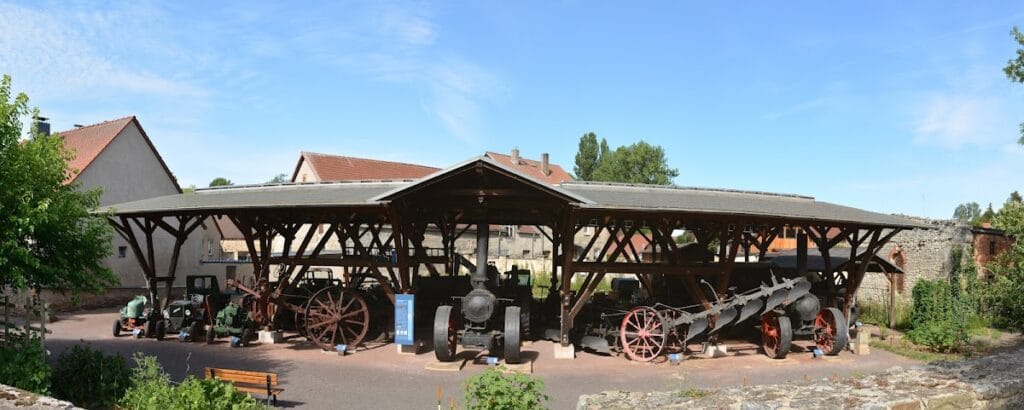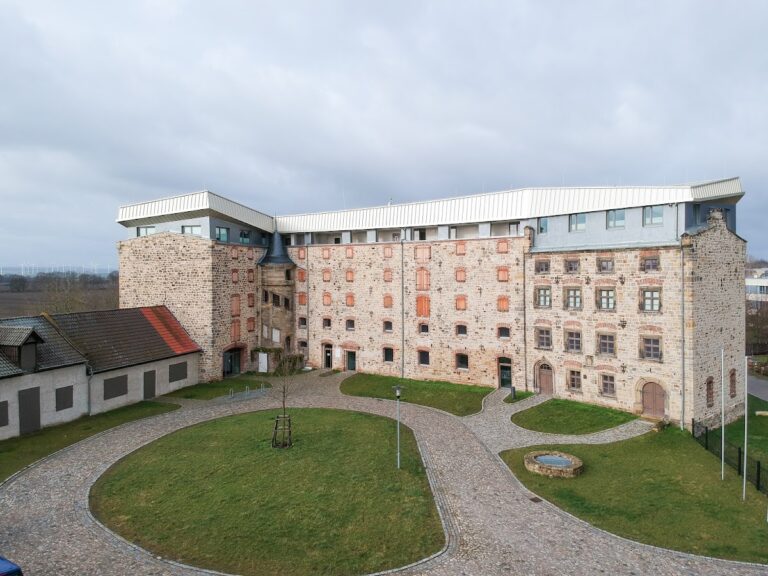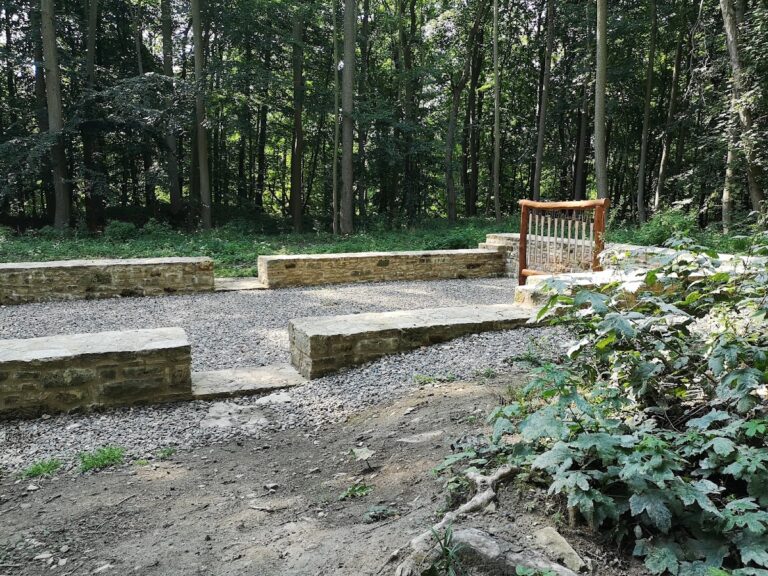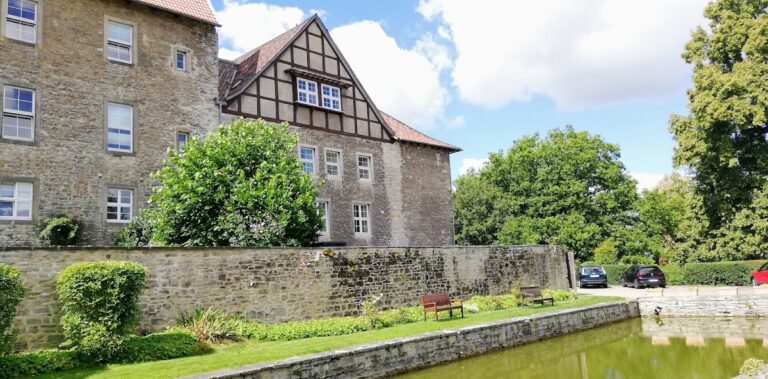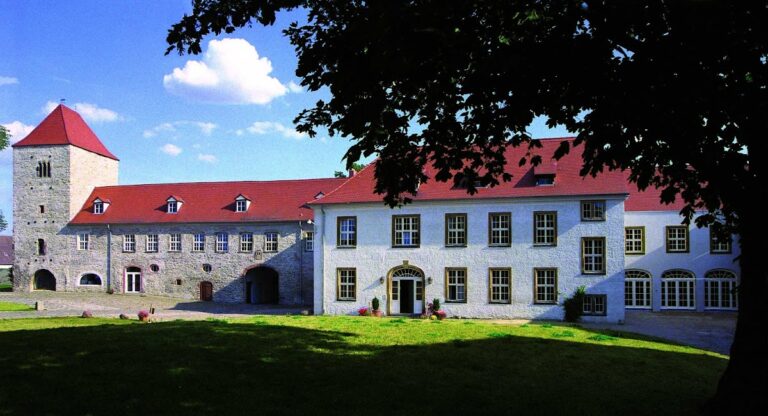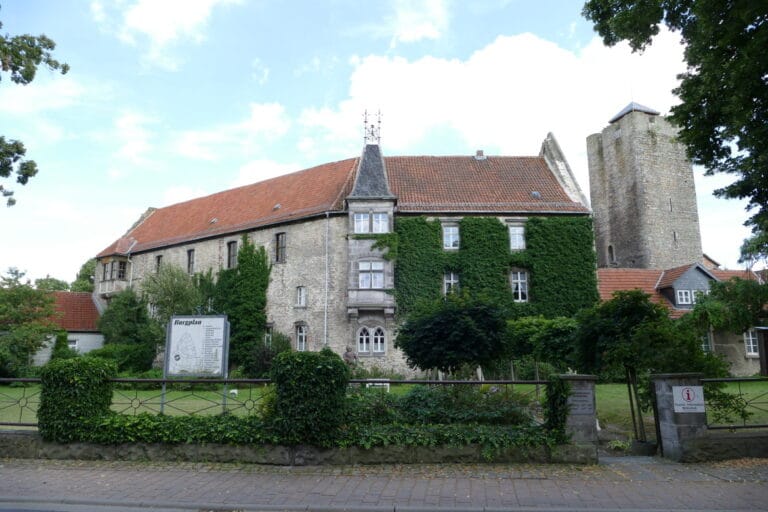Burg Ummendorf: A Medieval and Renaissance Castle in Germany
Visitor Information
Google Rating: 4.5
Popularity: Low
Google Maps: View on Google Maps
Official Website: boerde-museum.landkreis-boerde.de
Country: Germany
Civilization: Medieval European
Remains: Military
History
Burg Ummendorf is located in the municipality of Ummendorf in present-day Germany. It was originally constructed by the medieval Archbishopric of Magdeburg, reflecting the ambitions of the ecclesiastical rulers of the region to secure their northern boundaries.
The castle was founded in 1178 under Archbishop Friedrich I of Wettin as a stronghold to protect the border against neighboring territories, including the area now known as Lower Saxony. From its inception, the castle was managed by appointed ministeriales, a class of unfree knights serving the archbishopric. By 1180, records show the lords of Ummendorf acting as vassals to the archbishopric, the feudal system linking the castle’s owners directly to ecclesiastical authority. Over the following century, ownership of the castle passed to local knights Hildebrand and Volbrecht von Oebisfelde, who held it by the mid-1300s.
On April 13, 1389, Archbishop Albert of Magdeburg formally took possession of Burg Ummendorf and much of the surrounding village. From then on, the castle was governed by captains appointed by the archbishop, maintaining its role as a regional administrative center. During the 15th century, the noble von Veltheim family held Burg Ummendorf as a fief. Under Ludolf von Veltheim’s leadership, the castle reportedly became a base for lawless knights engaged in banditry. This activity provoked military action, and in 1430, troops from Magdeburg stormed the castle to restore order.
After this episode, the castle was granted as a fief to the von Meyendorff family in 1463. Johann von Meyendorff took full ownership by purchasing the property outright in 1535. Over the following decades—up to 1581—he carried out extensive renovations, transforming Burg Ummendorf into a Renaissance-style residence. Under Andreas von Meyendorff, the castle took on a religious dimension as a center for the enforcement of the Protestant Reformation locally, reflecting shifts in religious and political power during the 16th century. The von Meyendorff family retained ownership until their line became extinct between 1650 and 1667.
The tumultuous Thirty Years’ War (1618–1648) brought repeated military occupations and damage to the castle. In 1623, it was occupied by Protestant forces under Christian of Brunswick. Two years later, Catholic imperial troops commanded by Wallenstein took control, and in 1644, the castle served as a base for a regiment led by Königsmark. These occupations underscored the strategic importance of Burg Ummendorf during the conflict.
Following the end of the von Meyendorff lineage, control of the castle reverted to the Archbishopric of Magdeburg. The site then transitioned to administrative use, including operation as a stud farm. During French rule in the early 19th century, the castle was given as a gift to Marshal Soult, a prominent military leader under Napoleon. Subsequently, it became part of the Prussian state domain. In 1912, the municipality of Ummendorf purchased the property, marking a new phase in its stewardship. By 1924, a museum was established within the castle complex, which evolved into the present-day Börde-Museum. This museum preserves regional heritage, including an historic herb garden. Plans to return a valuable collection of approximately 380 books from the 17th and 18th centuries, featuring Bibles and church prints originally from Burg Ummendorf, aim to enhance the museum’s historical holdings.
Remains
Burg Ummendorf’s preserved remains illustrate its development from a medieval fortress into a Renaissance residence. The castle complex is arranged around a three-winged building following an irregular layout that reflects its gradual adaptation over centuries. The dominant feature is the bergfried, a tall main tower built at the time of the castle’s founding in the late 12th century. This tower, primarily constructed from stone, exhibits Romanesque architecture on its lower floors, characterized by sturdy walls and simple rounded arches. In the 16th century, an upper octagonal tower room was added, marking Renaissance-era modifications. Standing over 20 meters high, the bergfried remains accessible to visitors as part of the museum, offering insight into medieval defensive structures.
Aside from the bergfried, the granary located on the castle’s west side is another surviving element from the medieval period. This building served as a storage facility for grain and food supplies, essential for sustaining the castle community during sieges or harsh seasons. Constructed robustly, the granary has been preserved in situ, maintaining its original position within the castle grounds.
Between 1535 and 1581, extensive remodeling reshaped much of the castle into its Renaissance form. The three-wing layout seen today arises from this period of renovation, undertaken primarily by Johann von Meyendorff. The design introduced architectural details associated with Renaissance style, emphasizing residential comfort alongside defensive features. Much of this winged complex remains intact, allowing the building to house the Börde-Museum. The museum’s exhibitions include displays on agricultural technology, relating to the castle’s historical role within the rural economy of the region. Additionally, the castle’s herb garden features over 400 plant species, reflecting a tradition of medicinal and culinary gardening connected to the site’s historical use.
Today, the castle’s south wing accommodates a primary school, integrating the historic fabric of Burg Ummendorf into contemporary community life. The overall preservation of the medieval keys to the fortress—the bergfried and granary—together with the Renaissance wings provides a layered record of the site’s architectural and functional evolution through nearly a millennium.
